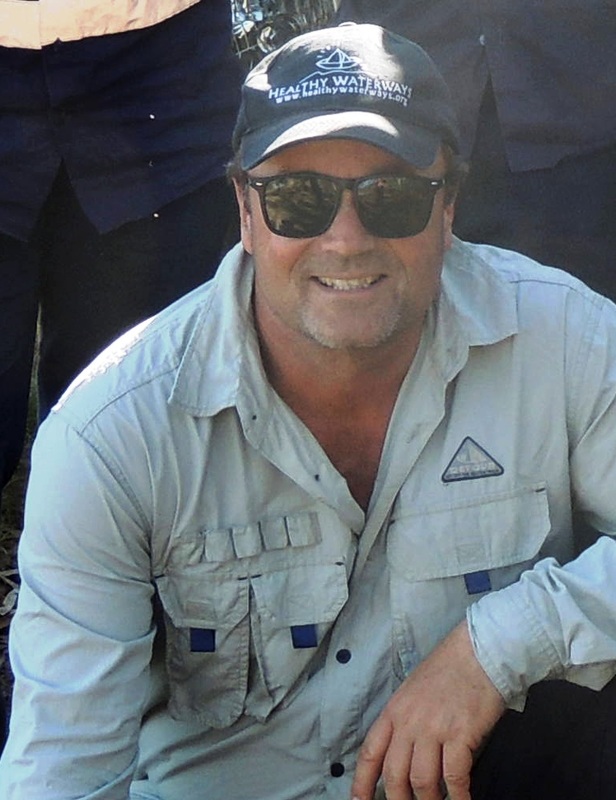In the meantime, members of the Hays Inlet Green Army team were given a session on measuring water quality. Team members were provided with information on how to collect the data on salinity, pH, water temperature and turbidity. They will be collecting the data on a fortnightly basis in order to continue measuring the impact of their work on the quality of the water entering Hays Inlet and Moreton Bay.
The Inlet is surrounded by mangroves and saltmarsh which have a positive impact by filtering water entering the estuary. However, man-made waterways can carry high levels of nutrients and sediment directly into the bay. One way of reducing the impact is to ensure the waterways are surrounded by vegetation especially on the channel banks in order to slow the flow of water and to trap nutrients and rubbish before they enter Hays Inlet.
The team recently mapped the outline of the project area recording gps data so a map could be developed to help manage the project site. The exercise was important as it also allowed the group to review progress in the rehabilitation project so far as well as map out the areas which require significant work in terms of weed removal.
A recent conversation with one of the members of the MBRL koala tracking team indicated that a number of koalas have recently moved into the area (see a recent article on koalas and bushcare below) and so all the rehabilitation work being done by REF is important to koalas as well as water quality. The Moreton Bay Regional Council has also invested into a wild dog program, and they will be working in the area. Recent research around the Moreton Bay Rail Link has found that wild dogs are a major cause of mortality for our local koalas. So it is important to ensure the two environmental management programs are well coordinated, not only for the welfare of the koalas but also for the members of our Green Army Team.

 RSS Feed
RSS Feed
